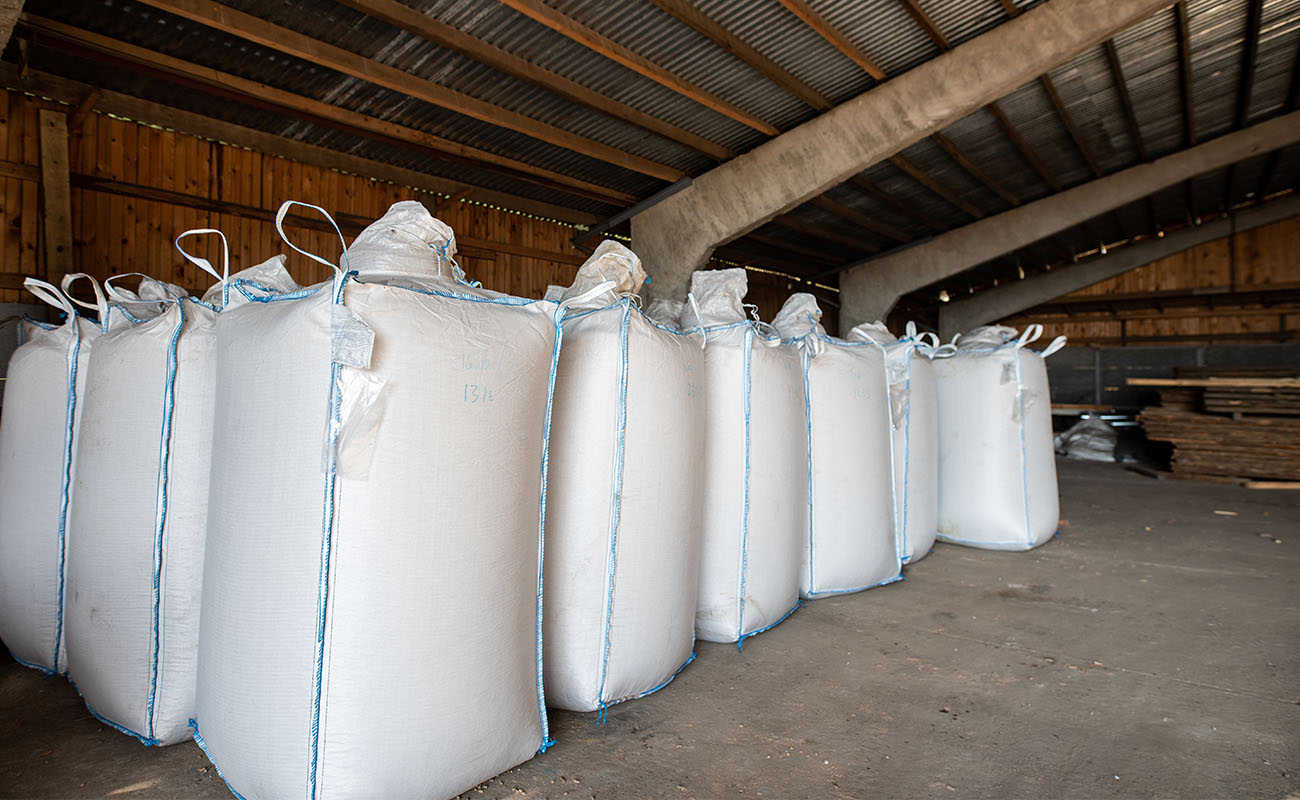Storing Combustible Products Affected by Static Electricity in FIBCs
What prevents the storage of combustible items in FIBCs?
Static electricity can be produced at the time of filling or discharging the bulk bags as a result of the movement of powdered substances. During the storage or transportation of combustible or flammable items, this static electricity that is built up can be so dangerous as to be a hanging point between life and death. However, to ensure one’s safety, there are four kinds of bags available with safe and unsafe features while handling dangerous items and carefully tackling static electricity.
Type A bags
Made with polypropylene and other fabrics that are conducive in nature, these bags do not provide any protection against static electricity and these are not at all safe for either storing or transporting flammable and combustible objects. Therefore, there are certain precautions to be taken which are as follows:
- Products should be non-flammable in nature.
- Avoid using this type of bag where gases or flammable solvents are present nearby.
- In a situation where the least energy for ignition is less than 1,000m, these bags are not at all suitable and hence are best to be avoided.
Type B bags
The material used for type B bags is similar to that used for type A as well. In fact, quite similar to the type A bag, type B also cannot protect against the flow of static energy. However, an added material is added to its formation which is a breakdown voltage that is low, enabling the bags to sustain during hazardous Propagating Brush Discharges. Yet, they are not termed as ‘anti-static’ in nature. The following precautions are essential to keep in mind while using these bags:
- Do not use any gases or solvents near the bag that is flammable in nature.
- Chances of less dangerous electrostatic shocks are likely to happen to operators, get prepared against that.
- Not to be used in any environment where the dust or the ignition energy exceeds 3mJ.
Type C bags
These bags are made with a material of non-conducive polypropylene fabrics in a grid pattern. The threads are connected electrically and kept on the ground while filling or discharging. The precautionary measures for using these kinds of bags are as follows:
- It is to be made sure that the ground connection is there and that it has not got disconnected by any chance during refill or discharge.
- From the allotted grounding point, it should necessarily have resistance from other location bags.
Type D bags
Against any sudden sparks, brush discharges, or Propagating Brush Discharges, the type D bags are fully safe since they are made with anti-static material and fabrics to dissipate static electricity. These types of bags are safe against most human errors. The only precautionary measure is:
It is to be checked before use that the lower surface of the bag doesn’t contain any flammable or conducive items or even grease.






